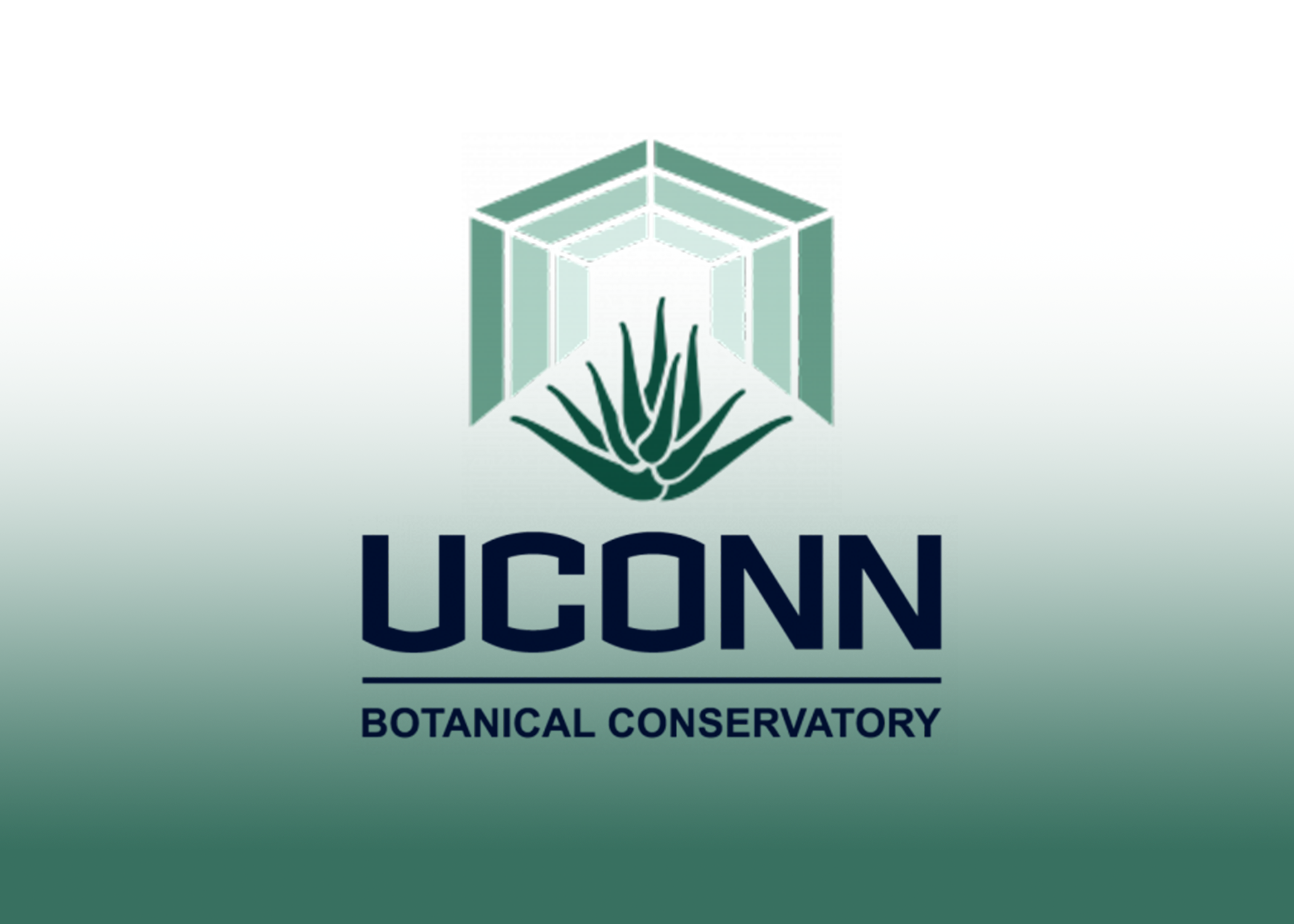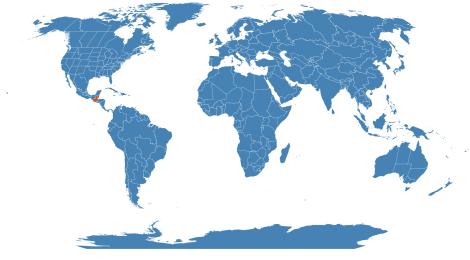Accession Data
Melicoccus bijugatus
Common Name: Genip, Honeyberry, Spanish Lime
Family: Sapindaceae
Country of Origin: El Salvador, Guatemala
Uses: Other Uses Juice: A dye has been experimentally made from the juice of the raw fruit which makes an indelible stain. Flowers: The flowers are rich in nectar and highly appealing to hummingbirds and honeybees. The honey is somewhat dark in color but of agreeable flavor. The tree is esteemed by Jamaican beekeepers though the flowering season (March/April) is short. Leaves: In Panama, the leaves are scattered in houses where there are many fleas. It is claimed that the fleas are attracted to the leaves and are cast out with the swept-up foliage. Some believe that the leaves actually kill the fleas. Wood: The heartwood is yellow with dark lines, compact, hard, heavy, fine-grained; inclined to decay out of doors, but valued for rafters, indoor framing, and cabinetwork. Medicinal Uses: In Venezuela, the astringent roasted seed kernels are pulverized, mixed with honey and given to halt diarrhea. The astringent leaf decoction is given as an enema for intestinal complaints. (From hort.purdue.edu)
Accession Data
USDA Zone: 9-11
Accession #: 198500242
Accession Date: 1985-12-31 00:00:00
Bloom Status: 🪴 Not Flowering
Location: 1311
Quantity: 1
Source: Unknown
Classification
Division: Magnoliophyta
Class: Magnoliopsida
Subclass: eurosid II
Order: Sapindales
Family: Sapindaceae
SubFamily: Sapindoideae
Flowering Data:
This accession has been observed in bloom on:| Year | Jan | Feb | Mar | Apr | May | Jun | Jul | Aug | Sep | Oct | Nov | Dec | ||||||||||||||||||||||||||||||||||||||||
|---|---|---|---|---|---|---|---|---|---|---|---|---|---|---|---|---|---|---|---|---|---|---|---|---|---|---|---|---|---|---|---|---|---|---|---|---|---|---|---|---|---|---|---|---|---|---|---|---|---|---|---|---|
| 2025 | ||||||||||||||||||||||||||||||||||||||||||||||||||||
| 2024 | ||||||||||||||||||||||||||||||||||||||||||||||||||||
| 2023 | ||||||||||||||||||||||||||||||||||||||||||||||||||||
| 2022 | ||||||||||||||||||||||||||||||||||||||||||||||||||||
| 2021 | ||||||||||||||||||||||||||||||||||||||||||||||||||||
| 2020 | ||||||||||||||||||||||||||||||||||||||||||||||||||||
| 2019 | ||||||||||||||||||||||||||||||||||||||||||||||||||||
| 2018 | ||||||||||||||||||||||||||||||||||||||||||||||||||||
| 2017 | ||||||||||||||||||||||||||||||||||||||||||||||||||||
| 2016 | ||||||||||||||||||||||||||||||||||||||||||||||||||||
| 2015 | ||||||||||||||||||||||||||||||||||||||||||||||||||||
| 2014 | ||||||||||||||||||||||||||||||||||||||||||||||||||||
| 2013 | ||||||||||||||||||||||||||||||||||||||||||||||||||||
| 2012 | ||||||||||||||||||||||||||||||||||||||||||||||||||||
References
- The Plant List (2010). Version 1. (accessed 17 December 2013).
Images

